It’s the broken-clock debate ticking for more than 100 years in Queensland: What should we do about daylight saving?
Each year, as southern states reset their clocks to embrace the sunshine, Queensland steadfastly refuses to budge.
Of course the issue is complex for a state this size, with clear regional and metro divides underpining the overall argument.
This is Queensland’s winding story of daylight saving, a riddle that is unlikely to be solved soon.
Early years
Queensland joined the rest of the nation in daylights saving as, during World War I all states and territories were under instruction by federal law under the defence power in section 51 of the constitution.
DST would run again during WWII from 1942 to 1944, and again from 1971 to 1972.
The state’s flirting relationship with DST meant a three-year trial from 1989 to 1992 ended with a referendum and 54.5 per cent of people voting vote to retain it.
Public opinion was geographically divided, with the no vote strongest in the north and regional areas, and ‘yes’ dominant in SEQ.
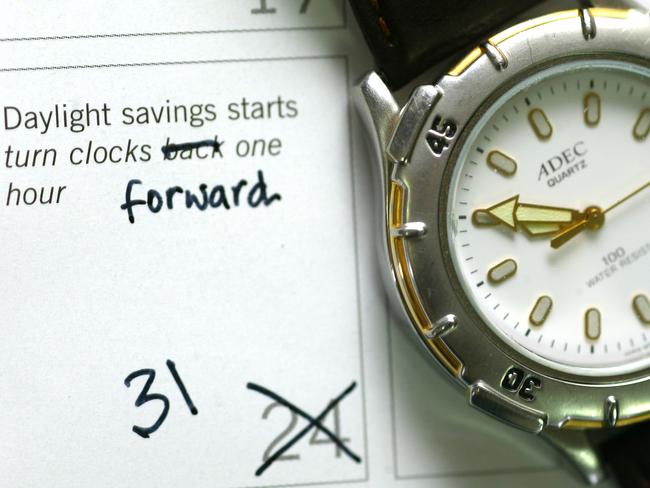
September 1988
Household electricity bills would be cut substantially if daylight saving were introduced in Queensland, a federal Labor politician claimed.
Michael Lavarch said substantial saving could be made by all Queensland householders if the state fell into line.
“Queensland is being left behind and it is Queensland businesses that will suffer as a result,’’ Mr Lavarch said.
“For a Government that is pro-private enterprise, it is certainly not helping Queensland business or families by ignoring the call for daylight saving.’’
July 1989
The national introduction of daylight saving was heavily supported by the Council of Capital City Lord Mayors.
The chairman, Brisbane Lord Mayor Sallyanne Atkinson, said the council strongly supported introduction of daylight saving to Queensland, Western Australia and the Northern Territory to partially close the time gaps which existed in the summer months.
“Time zones will never be uniform in Australia because of the sheer size of the country, but the fragmented implementation of daylight saving exacerbates the problem,’’ she said.
“Capital cities are the State’s centres of industry and business, and those without daylight saving are the losers.”
May 1990
Queensland will adopt daylight saving in the summer – and then have a referendum so people can decide its future, it was announced.
A task force recommended a two time-zone approach where Brisbane and the southeast corner of the state would be on daylight saving – an hour ahead of centres to the west of longitude 151 degrees.
It recommended this should be tried for two years followed by a referendum.
But Premier Wayne Goss and Deputy Premier Tom Burns made it clear that they did not favour this approach.
Mr Goss said a state working on two times had little appeal and he was surprised that this recommendation had come forward.
“It’s all in or all out,’’ he said.
“My view personally has always been well-known. I’ve always been a supporter of the daylight saving.’’
Mr Burns was more outspoken. Two time zones would cause chaos, he said.
Dalby Chamber of Commerce president Jim Buckley said the proposal was ridiculous and had stirred up the town.
Gladstone deputy mayor Lloyd Curtis said the proposal was crazy in theory and even worse in practice.
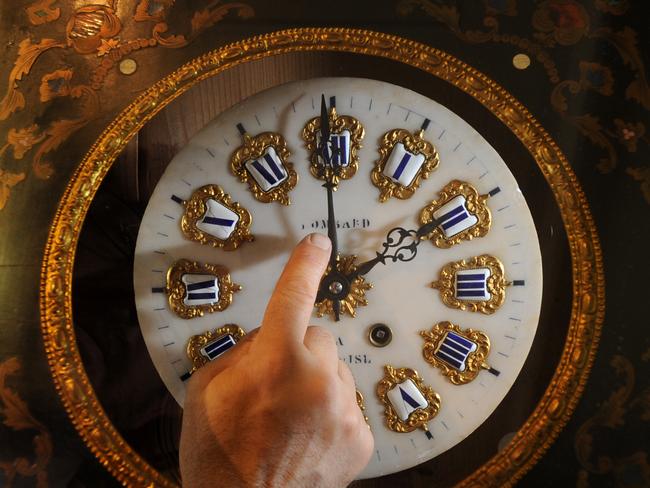
October 1994
Queensland businesses wasted up to four hours every day because of daylight saving times, a leading Australian firm claimed.
Neil Summerson, Queensland managing partner of Ernst and Young chartered accountants, called on the State Government to reconsider its decision to “ignore the majority opinion of electors’’ in southeast Queensland.
Mr Summerson said there needed to be a split time zone from Toowoomba to the Queensland-New South Wales border which would come on line with NSW when daylight saving began in that state on October 30.
The proposed time zone would encompass the area from Noosa on the Sunshine Coast, southwest to Toowoomba and down the 152deg longitudinal parallel to the Queensland-New South Wales border.
“Keeping Eastern Standard Time is ensuring that the Queensland business community is losing out badly each year,’’ he said.
He said the hour difference at the beginning and end of each working day and so-called lunch hour meant up to four hours a day were spent out of communication with many head offices down south at a loss of millions of dollars.
President of the Queensland Farmers Federation, Lex Buchanan, said from North Queensland he failed to see the argument in Mr Summerson’s statements.
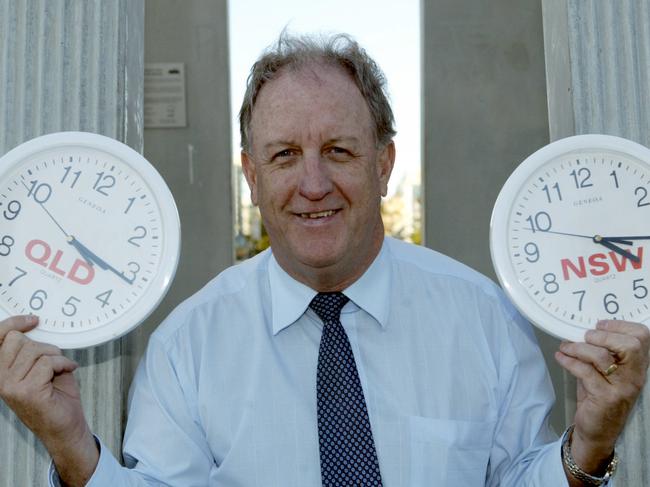
October 1996
Chaos and confusion was tipped to reign again on the Queensland-New South Wales border as the NSW daylight saving season began.
The one-hour time warp creates havoc, putting local residents, businesses and tourists in a spin over the five-month period.
According to Southern Gold Coast Chamber of Commerce vice-president Barry McNamara, a separate daylight saving time zone for southeast Queensland is the only way to resolve the woes associated with the time difference.
“I think it’s the only practical answer apart from living with it, which is what the governments are quite happy for us to do at this stage,’’ Mr McNamara said.
Politicians on both sides of the border had remained “ominously quiet’’ on the issue in recent times.
Tweed Shire Council had approached Gold Coast City Council to do a joint study on the effects of the daylight saving.
Gold Coast Tourism Bureau general manger Bob Brett said: “We’ve always maintained it’s not only inconvenient but terribly detrimental to our industry, in particular on the Gold Coast.’’
June 1997
Queensland should have temporary daylight saving to coincide with New South Wales for the duration of the 2000 Olympics in Sydney, Tourism Minister Bruce Davidson said.
Mr Davidson was in direct conflict with the Premier over the issue.
Rob Borbidge said that Queenslanders had rejected daylight saving when the idea was put to them by referendum during the term of the previous Labor government.
Mr Davidson’s comment followed a suggestion by John Coates, Sydney Organising Committee for the Olympic Games board member and Australian Olympic committee chief, that there should be uniform daylight saving across the eastern seaboard during the Games.
Mr Davidson said Brisbane should definitely be in line with NSW to capitalise on tourism numbers but the whole of Queensland could be on daylight saving hours.
“There may be an opportunity there for the life of the Olympics to consider the daylight saving issue but obviously I need to raise that in Cabinet with my colleagues and government members,’’ he said.
November 2002
There will be few interruptions to the cows’ daily routine and no need to rush out for new curtains any time soon with Queenslanders remaining divided about daylight saving.
A survey of 1000 Australians found while NSW and Victoria were predominantly in favour of the extra hour of sunlight, Queenslanders were split.
The survey, by researchers Hawker Britton, found 76 per cent of NSW residents were in favour of daylight saving.
Victoria has the greatest support for daylight saving with 81 per cent in favour.
But in Queensland the survey found those for and against were equal at 44 per cent each, with the state having the largest number of undecided residents at 12 per cent.

November 2011
Tweed State MP Geoff Provest urged northern NSW to abandon daylight saving and keep clocks on Queensland time.
Mr Provest said cross-border time issues caused a nightmare for northern NSW residents and many councils west of the Great Dividing Range would be more than happy to go with the Tweed and not wind clocks forward an hour in summer.
The Nationals MP said the time change had recreational advantages for some but the confusion and cost to businesses far outweighed benefits.
About 30 per cent of the Tweed workforce had jobs in Queensland and 12 per cent of children were educated north of the border.
“Family life gets broken down with evening meals and breakfasts becoming an organisational mess,’’ Mr Provest said.
Citizens Against Daylight saving spokeswoman Jillian Spring said Queensland had it right on daylight saving and all of NSW should follow suit.
NSW Deputy Premier Andrew Stoner proposed to review daylight saving.
June 2013
Daylight saving must be introduced in southeast Queensland to ensure the region never again falls out of step with Australia’s other main population centres, Ipswich councillor Paul Tully claimed.
Goodna councillor and long-time daylight saving advocate Cr Tully said the economic and environmental benefits of a split time zone for the state’s southeast are too great to ignore.
“Not only would it deliver economic benefits, but the experience in the US is that that energy consumption drops when daylight saving is in operation,’’ he said.
“We are now the odd state out in Australia and it’s about time we moved into the 21st century on this issue.’’
Under the proposal, a split time zone with daylight saving would run from Cooloongatta, north to Noosa and west to Toowoomba. Adjoining local government areas would be able to opt-in to the scheme.
January 2014
Daylight saving will come to Queensland. It is simply a matter of when.
That was the opinion of Brisbane City Council Deputy Mayor Adrian Schrinner, who argued that the geographic shift towards the southeast corner means most Queenslanders supported daylight saving.
He joined Gold Coast Mayor Tom Tate, Brisbane Lord Mayor Graham Quirk and Ipswich Mayor Paul Pisasale in backing the move.
Cr Schrinner said that since the last referendum was narrowly defeated in 1992, 900,000 extra Queenslanders were now entitled to vote, most of whom lived in the southeast where the measure was popular.
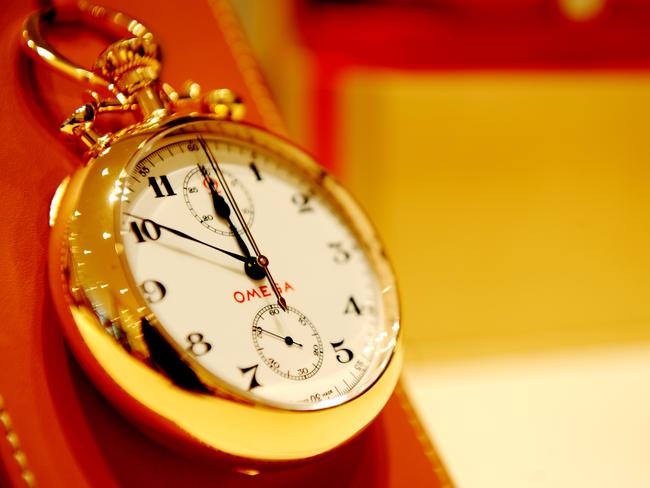
“It’s a big call, but I’m willing to make it – if a referendum was held today, daylight saving would get up,” he said.
Business and tourism leaders in the southeast also favoured the move, saying it would save billions of dollars.
Townsville Mayor Jenny Hill expected the push for daylight saving to continue but warned it could be to “the detriment of northern Australia”.
January 2017
The deputy mayors of Brisbane and Townsville threw their support behind a fresh daylight saving trial.
Brisbane Deputy Mayor Adrian Schrinner was pushing for Queensland to trial daylight saving to help boost the economy, 25 years after residents voted against it.
Cr Schrinner had been garnering online support through a poll for a fresh trial after the state’s last one was held for three years from 1989.
“A daylight saving trial for one or two seasons would give people an idea of how it would work in Queensland conditions,” Cr Schrinner said.
“They could then decide if it’s something they want to stick with or keep the existing situation.”
Townsville Deputy Mayor Les Walker agreed the idea had merit, saying households would likely save money on power as families capitalised on natural light.
Katter’s Australian Party MP for Mt Isa Robbie Katter said he would “resist any moves towards daylight saving because of the impact it would have on regional Queensland”.
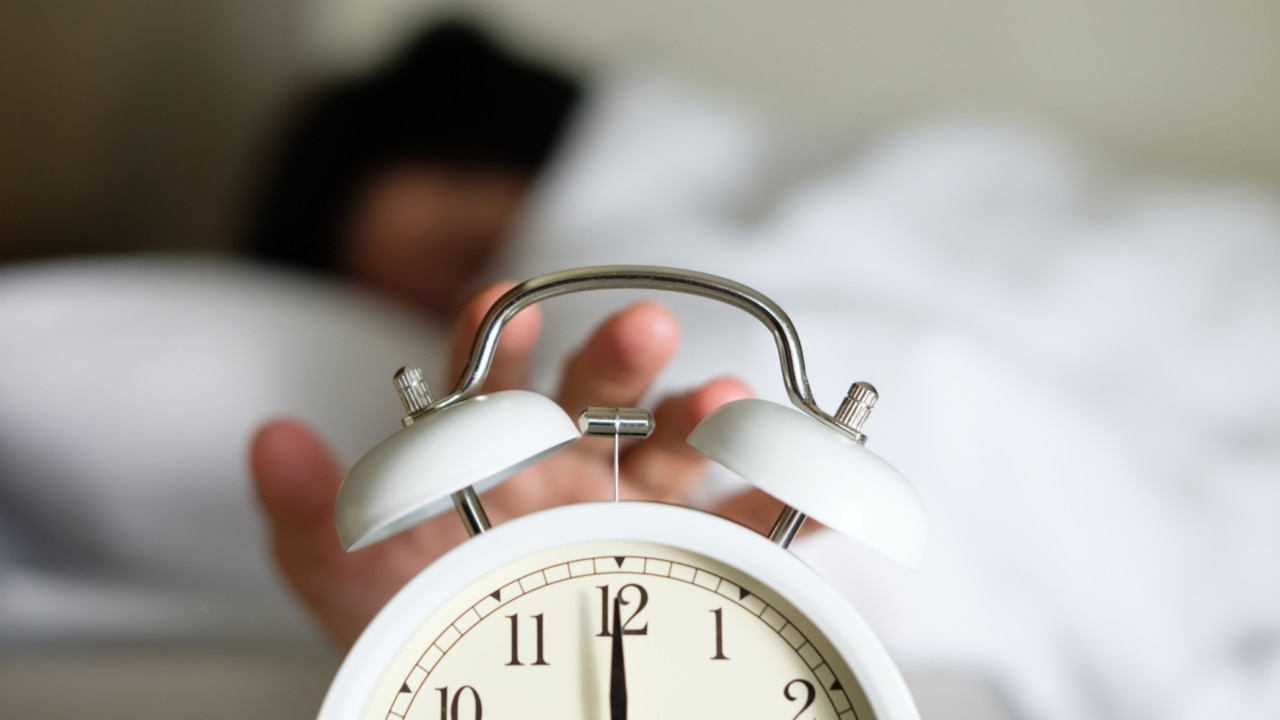
July 2019
Brisbane’s Lord Mayor urged the Palaszczuk Government to show “leadership” on daylight saving, as the state’s peak business body called for the issue to be revisited.
Adrian Schrinner said introducing it would give Brisbane residents more time to take advantage of the city’s lifestyle when they come home from work.
“I’m realistic and I know that it can only happen if the State Government wants to show some leadership on it,” he said.
“It’s not something that councils have the power to change and it would be obviously a ludicrous situation to have councils implementing daylight saving.”
The Chamber of Commerce and Industry Queensland’s head of industry, Dan Petrie, said there was “without doubt a need to revisit this issue and debate it”.
Queensland Tourism Industry Council’s Daniel Gschwind said the differing time zones between Queensland and NSW during the months when daylight saving was in place made “no geographic sense to anyone”.
November 2021
Daylight saving advocates were using the state’s stewardship of Norfolk Island to push for the reintroduction of the policy, arguing the state had two time zones.
With a petition lodged in Queensland parliament by the advocacy group Daylight Saving For South East Queensland gathering almost 17,000 signatures, supporters of the concept were pointing to the looming transfer of Pacific Ocean territory Norfolk Island to Queensland jurisdiction as reason to finally bite the bullet on the contentious issue.
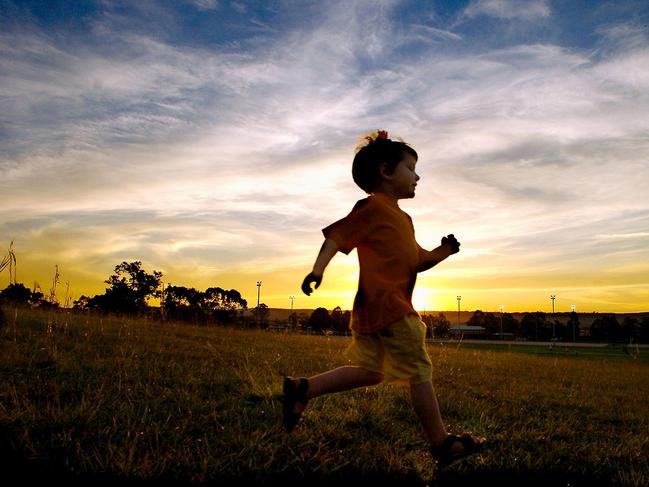
While both the state government and the opposition had ruled out any plans to introduce a return of DST, advocates were continuing to ramp up their campaign.
There was also a school of thought that the thousands of southerners who had moved to Queensland during the coronavirus pandemic would further increase support for daylight saving.
November 2023
A referendum on daylight saving held in Queensland would more than likely fail, with polling revealing most people don’t want to turn their clock forward.
Even in Brisbane, less than half of respondents polled supported daylight saving.
But the result among regional Queenslanders was as unequivocal as it was at the 1992 referendum – a hard no.
The YouGov poll of 1013 people, conducted between October 4 and 10, revealed 47 per cent were against daylight saving, 41 per cent for and 12 per cent did not have a view.
In Brisbane, 48 per cent of respondents wanted daylight saving while 40 per cent rejected the idea.
But a whopping 60 per cent of regional Queenslanders said no to daylight saving, while 25 per cent approved and 15 per cent were undecided.
Supporters of daylight saving – including Brisbane Lord Mayor Adrian Schrinner and Gold Coast Mayor Tom Tate – remained undeterred, with Mr Tate stridently calling for a referendum to be held.
“We now live in a borderless, global commerce world and these split time zones are costing both NSW and Queensland billions in lost productivity,” he said.
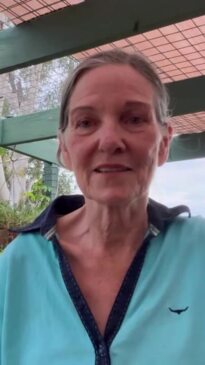
August 2024
The state government shut down any hope of introducing daylight saving time in Queensland for the 2032 Games, with Environment Minister Leanne Linard declaring it was not something people were asking for.
Asked on Saturday whether it was a good idea to allow the influx of global visitors expected in 2032 a little extra daylight to enjoy the city, Ms Linard quickly dismissed the idea, saying Queensland already has “a lot of beautiful sunlight”.


Add your comment to this story
To join the conversation, please log in. Don't have an account? Register
Join the conversation, you are commenting as Logout
‘Worthless’: Sports clubs’ sobering child safety warning
Child safety experts have delivered a confronting verdict on background checks and reporting systems after Sport Integrity Australia complaints data revealed junior sport's hidden dangers.
Boats, bikinis, beers… and other secrets of musclebound mayor’s success
From Minister for Muscles all the way to City Hall, Nick Dametto reflects on the extraordinary ingredients that have driven his colourful career. WELCOME TO HIGH STEAKS